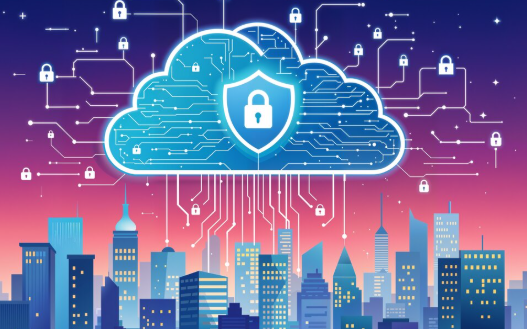In the rapidly evolving world of software development, DevOps has become a cornerstone for organizations seeking to improve the speed and efficiency of their operations. However, with this increased agility comes the need for robust security measures. Integrating security into the DevOps lifecycle—often termed DevSecOps—is no longer optional but essential. Below, we outline the top 20 essential practices for DevOps security to help you safeguard your processes and data.
1. Shift Left Approach
Security should be integrated from the very beginning of the development process. This “shift left” approach ensures that vulnerabilities are detected and mitigated early, reducing the cost and impact of fixing security issues later in the lifecycle.
2. Automated Security Testing
Incorporating automated security testing within the CI/CD pipeline is crucial. Tools such as SAST (Static Application Security Testing) and DAST (Dynamic Application Security Testing) can identify vulnerabilities in the code before they reach production.
3. Continuous Monitoring
Continuous monitoring of applications and infrastructure helps in the early detection of anomalies or suspicious activities. Tools like Splunk and ELK Stack are commonly used for this purpose.
4. Use of Immutable Infrastructure
Immutable infrastructure ensures that once an environment is deployed, it is not modified. If changes are required, a new environment is deployed. This reduces the risk of unauthorized changes and configurations that could introduce vulnerabilities.
5. Secure Coding Practices
Developers should adhere to secure coding standards, such as those outlined by OWASP, to avoid common vulnerabilities like SQL injection and cross-site scripting (XSS).
6. Implementing the Principle of Least Privilege
Granting the minimum necessary access rights to users and systems reduces the risk of unauthorized access. This principle should be applied across all stages of the DevOps pipeline.
7. Secrets Management
Sensitive data like API keys, passwords, and certificates should never be hardcoded in source code. Utilize secret management tools like HashiCorp Vault or AWS Secrets Manager to securely store and manage these secrets.
8. Security as Code
Just as infrastructure is managed through code in DevOps, security controls and configurations should also be codified. This ensures that security policies are consistently applied across environments.
9. Regular Security Audits
Conducting regular security audits and assessments can help identify potential vulnerabilities. These audits should include both automated scans and manual reviews to cover all bases.
10. Container Security
With the rise of containerized applications, ensuring the security of containers has become critical. Tools like Aqua Security and Twistlock provide comprehensive solutions for container security.
11. Patch Management
Timely application of patches is essential to protect systems from known vulnerabilities. Automated patch management tools can help streamline this process.
12. Zero Trust Architecture
Adopting a Zero Trust model means verifying every user and device before granting access, regardless of whether they are inside or outside the network. This minimizes the risk of internal threats.
13. Incident Response Plan
Having a well-defined incident response plan ensures that your team is prepared to respond to security breaches quickly and effectively. Regular drills and updates to the plan are necessary to keep it relevant.
14. Compliance Automation
Automating compliance checks within the CI/CD pipeline can help ensure that all deployments meet industry regulations and standards, such as GDPR or HIPAA, without manual intervention.
15. Logging and Audit Trails
Maintaining detailed logs and audit trails of all actions within the DevOps environment is crucial for both security and compliance. These logs should be protected against tampering and regularly reviewed.
16. Security Awareness Training
Regular security training for all team members is essential to keep them aware of the latest threats and best practices. This training should be updated frequently to address new security challenges.
17. Threat Modeling
Incorporate threat modeling into the development process to identify potential threats and design security features to mitigate them. This proactive approach can significantly reduce security risks.
18. Use of Multi-Factor Authentication (MFA)
Implementing MFA across all access points within the DevOps pipeline adds an extra layer of security, making it more difficult for attackers to gain unauthorized access.
19. Micro-segmentation
Micro-segmentation involves dividing the network into smaller, isolated segments to prevent lateral movement in case of a breach. This limits the attack surface and helps contain potential security incidents.
20. Regular Software Dependencies Analysis
Regularly analyzing and updating software dependencies is essential to avoid vulnerabilities from outdated libraries or components. Tools like Snyk and Dependabot can automate this process.
Conclusion
Implementing these 20 essential DevOps security practices can significantly enhance the security posture of your organization. With cyber threats becoming increasingly sophisticated, integrating security into every phase of the DevOps lifecycle is not just a best practice—it’s a necessity. Explore STL Digital’s XSecDevOps now and achieve DevOps nirvana.



